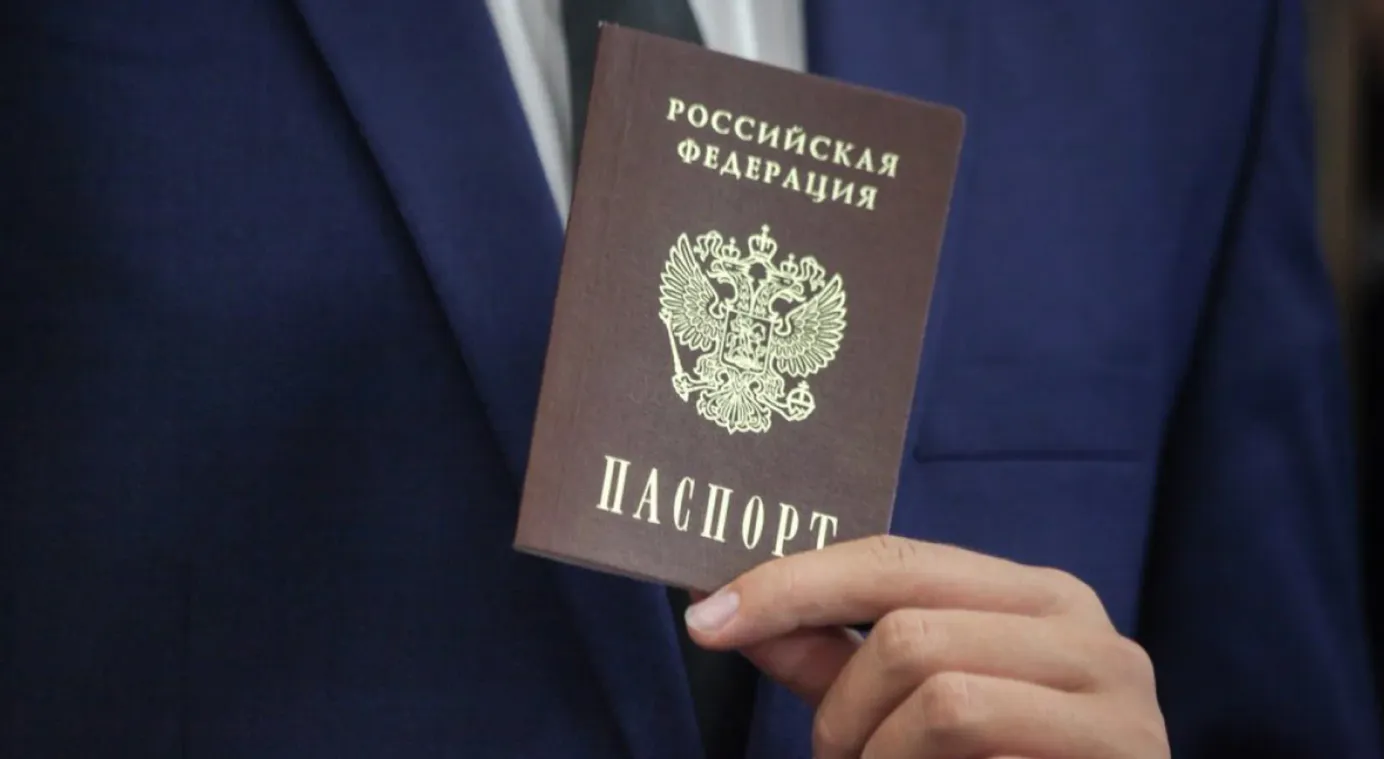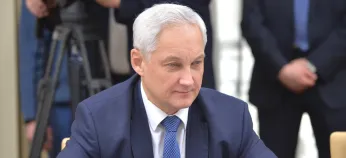
Russia hit by wave of xenophobia after biggest terror attack in 20 years
Central Asian migrants are facing a new surge in xenophobia after the Crocus City Hall attack. Gunmen, identified by Russian prosecutors as Tajik citizens, opened fire on concert-goers before setting the building ablaze in the worst terror attack in the country since 2004. More than 140 people were killed, including six children. Since the attack there has been a rise in xenophobia both “from above”, via the police and administrative measures, and “from below” with violent assaults by nationalist groups and blacklisting of Tajik businesses.
- After the main suspects in the Crocus City Hall attack were identified as citizens of Tajikistan, Russia set about a familiar “hunt” for migrants. We’ve seen this before (1,2) after high-profile crimes committed by Tajik and other Central Asian citizens. In Moscow, police carried out mass raids on migrant hostels, while with the help of the National Guard they conducted a notorious workplace “inspection” at the warehouse of one of Russia’s leading online retailers in the Moscow region. In Saint Petersburg, traffic police and riot squads stopped cars for a mass search for illegal migrants among drivers in the city. Holding cells were full of Central Asian detainees and Russian courts have been considering a surge in cases relating to migration violations. For example, in the first week after the concert hall attack, courts in Moscow heard almost 1,500 cases, up 30% on the previous week, the BBC calculated. In almost every case they ordered the defendants expelled. Most, it seems, are from Tajikistan.
- These raids could be just the start of the “official” problems that migrants will have to face for the foreseeable future. Russia’s foreign ministry has proposed tighter controls on migration, including reducing the maximum time foreigners can stay in the country without a long-term visa to 90 days per year. If these changes are enforced, they would effectively prevent migrants from finding permanent work in Russia — at a time when the country already faces a record labor shortage. Unemployment dropped even further to a new historic low of 2.8%, according to official statistics published last week, indicating that there is little or no spare capacity in the workforce.
- Migrants have also faced a surge in “street” xenophobia. Some Russians refused to use services — taxis or hairdressers, for instance — operated by Tajik citizens. Other Central Asians have been threatened with physical harm and had their property destroyed. There have also been reports of some people from Central Asia being attacked with pepper spray, knives and batons. A female migrant from Tajikistan who lives in Moscow told human rights activists that she faced “sideways glances” and aggressive calls to “get out of Russia.” As a result, she is anxious about leaving her home. “It’s a panic, many people want to leave,” the Tajik authorities said in a statement about the mood in the migrant community.
- Russia has traditionally been one of the preferred destinations for migrants from Central Asia. The war in Ukraine and the subsequent devaluation of the ruble had already made Russia a less attractive option. And in 2023, the flow of migration into Russia fell to one of the lowest levels in recent years, even though immigration is now the only way to sustain Russia’s aging population.
- Even before the Moscow attack, migrants in Russia had faced restrictions on their work. In more than 10 regions of the country, they are banned from working in some or all spheres without a residence permit. Most migrants in Russia work under so-called labor patents, similar to a work permit, for which they need to undergo medical examinations, demonstrate Russian language skills, submit their fingerprints and maintain strict documentation. Many local authorities believe that banning migrant workers will enhance the quality of services and also help to reduce “interethnic tensions.”
- Several independent opinion polls suggest that Russian society in general is quite xenophobic, despite the “friendship of nations” ideology propagated in the USSR and Vladimir Putin’s talk of Russia as a multiethnic country in harmony. A Levada Center poll from late 2021 showed that 51% of Russians said they would either not let labor migrants from Central Asia into Russia at all, or only on a temporary basis. Two-thirds said the government should limit the influx of migrants, while more than 40% of Russians said that most migrants live better than them and their families.
- Racial hostility among Russians towards Central Asian migrants could be linked to high anxiety, socio-economic insecurity and the experience of habitual violence from the authorities, explained Lev Gukov, a leading Russian sociologist and former Levada Center head. In his view, these phenomena are “suppressed” internally and find expression in negative projections onto “others.”
Why the world should care
Russia needs immigration, if only to ease the shortage of labor and maintain the country’s population. But Russia’s authorities are doing everything to halt the influx of migrants. The consequences of this policy will be challenging from both an economic and demographic perspective. However, for the most part Russia’s xenophobic society is unlikely to care.




